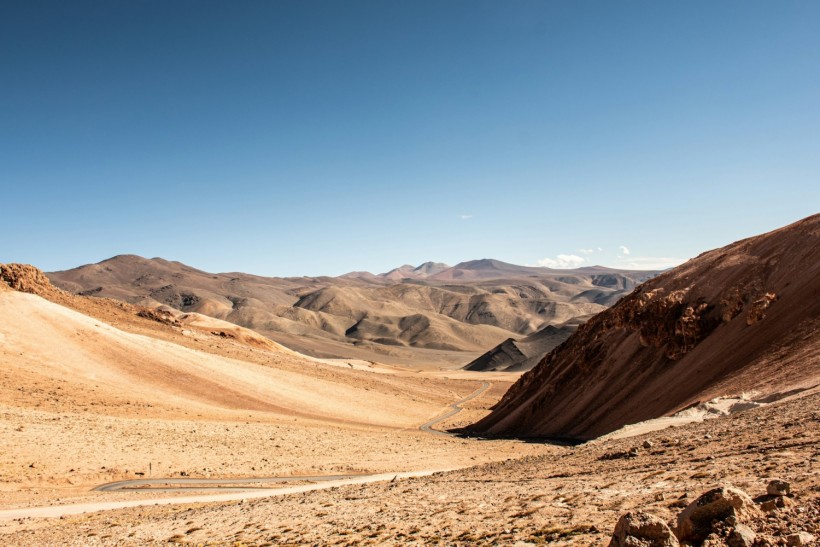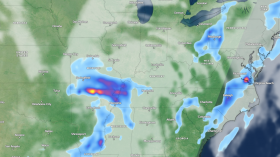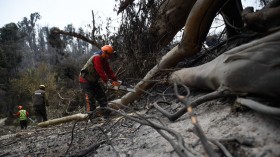Microbial life in a hidden ecosystem was found under a vast desert area in the South American country of Chile. Earlier this week, a new study revealed that persistent microbial communities as bacteria were found in a microbial biosphere, with previously unknown life, 13 feet below the Atacama Desert.
The discovery confirms microbes can survive even in a harsh environment.
This is not the first time that microbial life has been found underneath in the Atacama Desert since previous research has shown their presence at a depth of 2.6 from the surface. However, the latest detection of the new biosphere is "completely isolated from the surface," according to the study's authors consisting of researchers from Germany, suggesting the existence of extreme microbes.
Microbial Biosphere Discovered

(Photo : Photo by Sam Power on Unsplash)
The new research paper highlights the lack of knowledge or limited scientific data when it comes to the deeper subsurface of the Atacama Desert. This is because previous research in the field of microbial ecology of desert environments has focused on examining surface environments, according to the paper's authors. The findings also posit the potential existence of microbial life underneath Mars.
The study, published in the journal PNAS Nexus on Tuesday, April 23, shows the discovery of the microbial biosphere at such a depth is the first of its kind in the Atacama Desert. Yet, despite the absence of regular precipitation, the researchers confirmed that microorganisms can still thrive in environments that are almost devoid of water.
Also Read: Lack Of Oxygen Will Lead to 'Death' of Most Life on Earth in Billion Years, Say Experts
Atacama Desert Environment
The Atacama Desert, known as the world's driest non-polar desert, is located in northern Chile, along the Pacific coast of South America. The desert plateau stretches more than 1,600 kilometers west of the Andes Mountains. The Chilean desert is also popular for having the world's largest supply of sodium nitrate and being the site of the oldest artificially mummified human remains.
In addition, one of the most unique terrestrial characteristics of Atacama is that its soil is very similar to that on Mars. This is the reason why the April 2024 study mentioned that the desert wasteland could be a "potential analog for subsurface habitable niches on Mars." The German research team implies that the Atacama Desert itself has "direct relevance to astrobiology."
Potential Life on Mars
In the past several decades, astrobiologists led by the National Aeronautics and Space Administration (NASA) have focused on the notion of potential life on Mars and selected the planet as a primary target of astrobiology research in our Solar System.
In recent years, while Mars exploration programs have developed, scientists have not yet found proof of present or past life in the Martian soil.
The Atacama Desert's soil has a similar environment to that of the Martian soil, as mentioned earlier. In a 2003 study, researchers also described Atacama as having Mars-like soils. These findings suggest scientists here on Earth could study the Atacama Desert to make theoretical assumptions about the actual environment of Mars, including its role as a host for potential microbial life.
Related Article: Breaching Earth's 9 Planetary Health Boundaries May 'Destabilize' the Planet, Causing Disastrous Effects
© 2024 NatureWorldNews.com All rights reserved. Do not reproduce without permission.




![Wildfire Activity in Wet African Tropical Forests Exacerbated by Deforestation, Climate Change [Study]](https://1471793142.rsc.cdn77.org/data/thumbs/full/70409/280/157/50/40/wildfire-activity-in-wet-african-tropical-forests-exacerbated-by-deforestation-climate-change-study.jpg)
